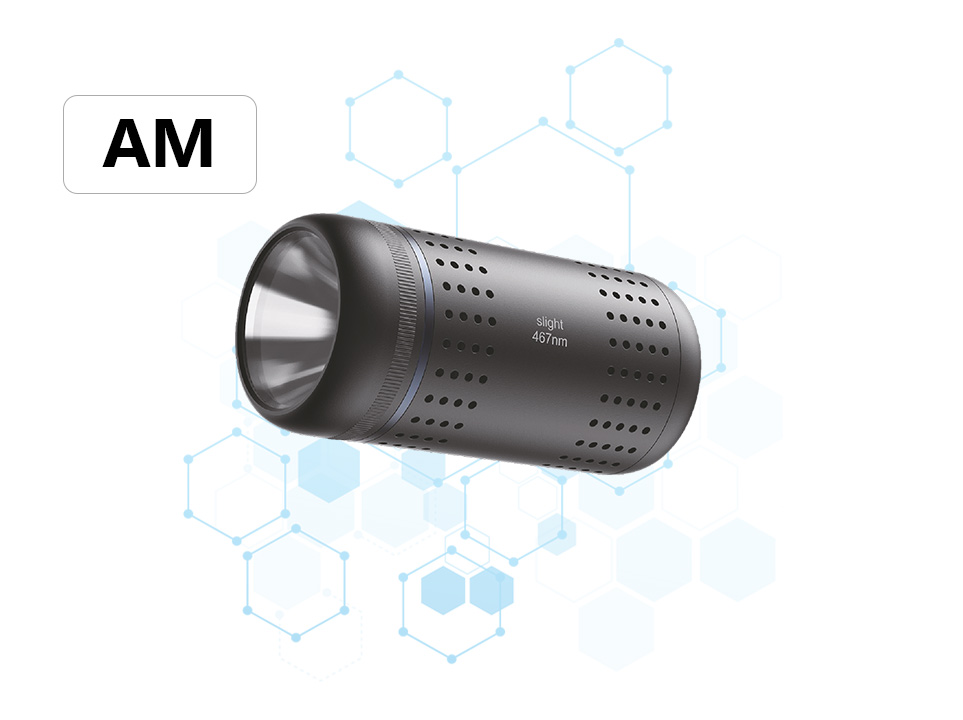Selection of Light Sources for Single-Station Full-Spectrum Photoreactors
The selection of light sources for single-station full-spectrum photoreactors involves multiple key parameters, including light source types (such as LEDs, xenon lamps, and mercury lamps), wavelength, power, and stability. Below is a detailed analysis of these parameters:
I. Light Source Types
LEDs
Characteristics: Good monochromaticity, narrow half-peak width, enabling accurate calculation of quantum efficiency; cold light source with almost no heat output, suitable for reaction systems sensitive to temperature; long lifespan, up to tens of thousands of hours, reducing the frequency and cost of replacing light sources; energy-efficient and low-consumption.
Application Scenarios: Experiments requiring precise control of wavelength and light intensity, as well as high stability of the light source.
Xenon Lamps
Characteristics: Spectral morphology close to solar spectrum, with energy distribution characteristics similar to solar spectrum; continuous spectrum covering a wide wavelength range from ultraviolet to infrared; high optical power density, up to 1500mW/cm² or more, conducive to promoting reactions; good stability and relatively long lifespan.
Application Scenarios: Research requiring simulation of sunlight, such as solar cell testing and photocatalysis; experiments requiring broad-spectrum light sources or long-term stable illumination conditions.
Mercury Lamps
Characteristics: Spectrum biased towards the ultraviolet region, with characteristic spectral lines, typically at 254nm, 313nm, etc.; high light intensity and higher energy density at specific wavelengths; however, relatively short lifespan requiring regular replacement; high heat output, requiring cooling equipment.
Application Scenarios: Photochemical reactions initiated by ultraviolet light, such as UV curing and printing plate making; experiments with specific requirements for light source wavelengths.
II. Wavelength
Full-spectrum photoreactors should be able to provide light sources covering the required wavelengths to meet the needs of different chemical reactions. Users can select the appropriate wavelength range of the light source based on the specific type and requirements of the chemical reaction.
III. Power
The power of the light source determines its light intensity and energy density. In single-station full-spectrum photoreactors, the power of the light source can be adjusted according to experimental needs. Common power ranges vary by brand and model but generally meet the needs of most photochemical reactions. Fine power adjustment helps users precisely control experimental conditions, improving the accuracy and reproducibility of experimental results.
IV. Stability
The stability of the light source is crucial for the accuracy of experimental results. In single-station full-spectrum photoreactors, light source types with good stability, such as LEDs and xenon lamps, should be selected. These light sources have long lifespans and stable output characteristics, reducing experimental errors and improving experimental efficiency.
The selection of light sources for single-station full-spectrum photoreactors requires choosing appropriate parameters such as light source type, wavelength, power, and stability based on specific experimental needs and reaction system characteristics. Through scientific and reasonable selection, experimental efficiency and accuracy can be improved, providing strong support for photochemical reaction research.





